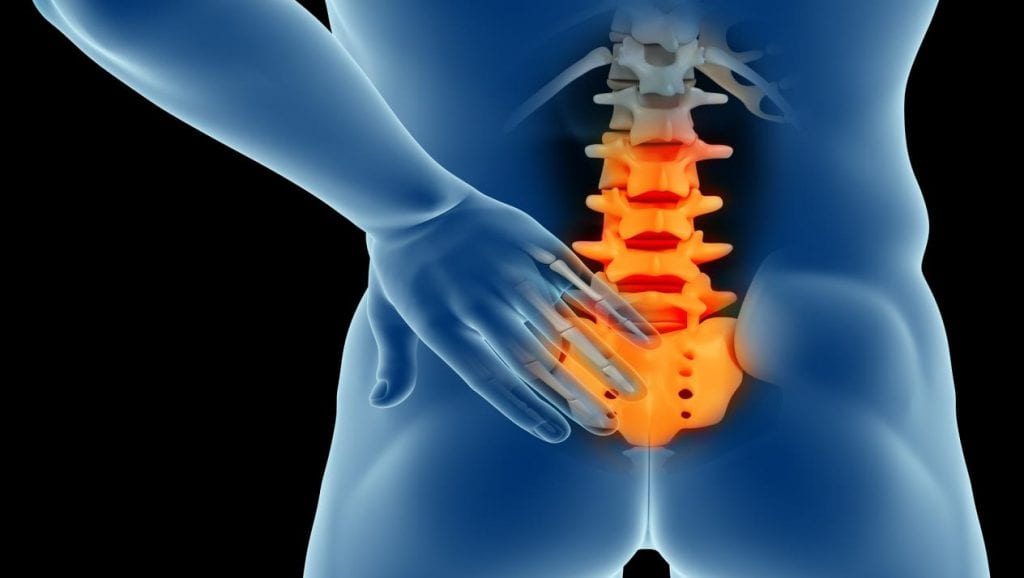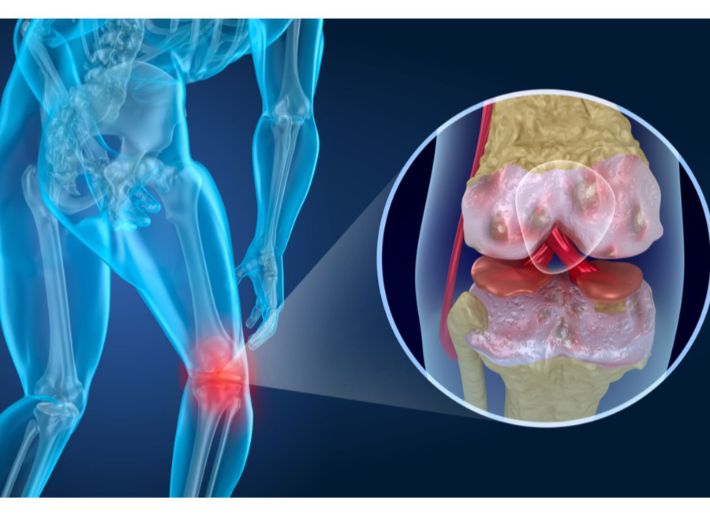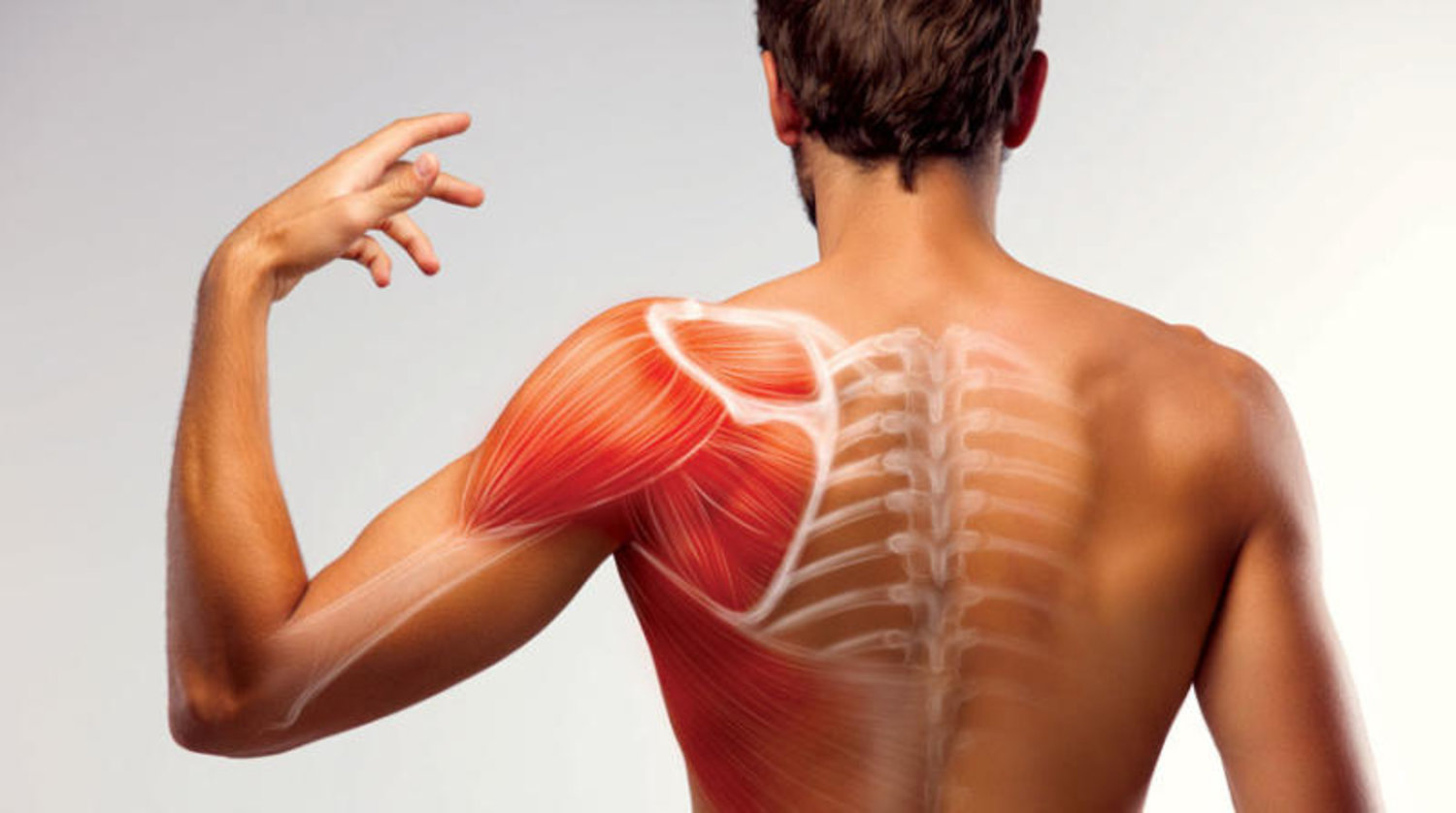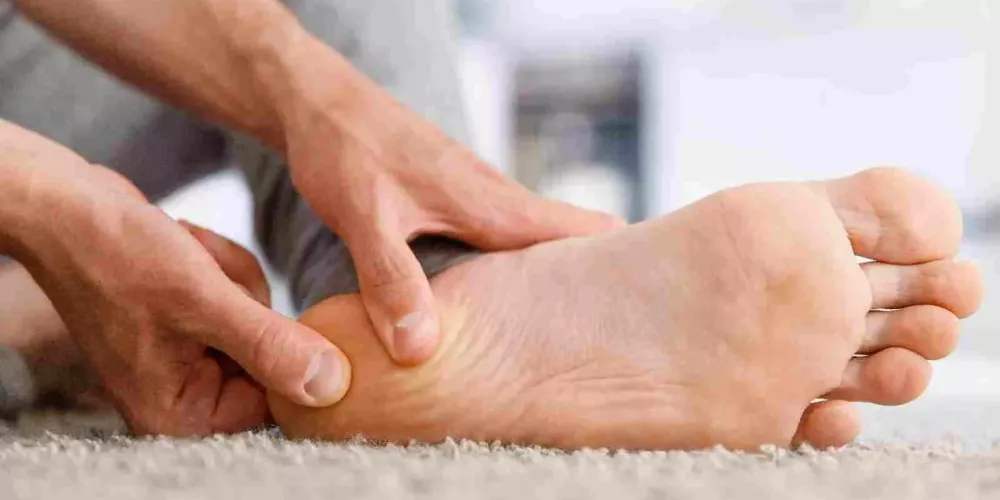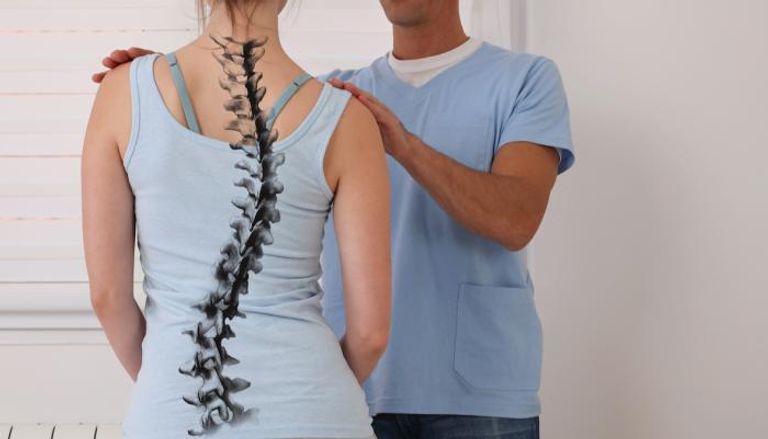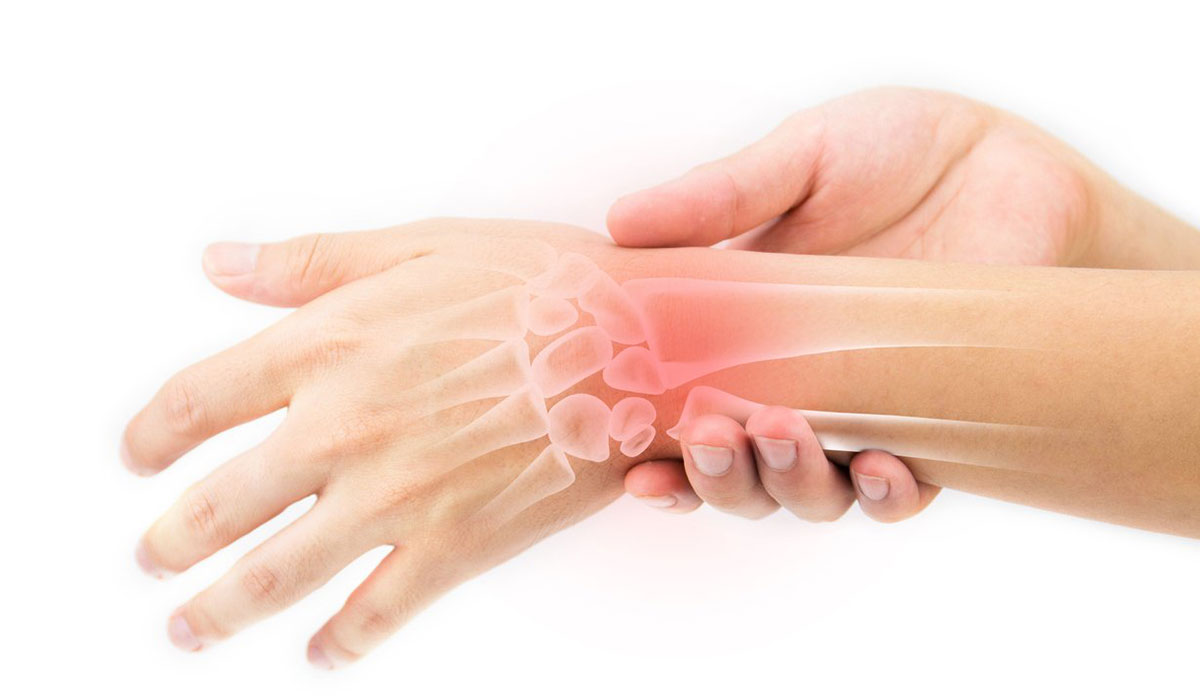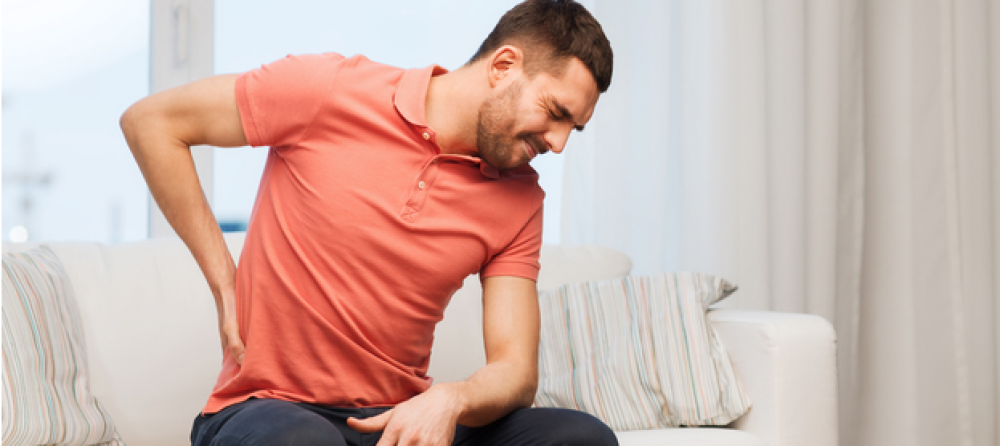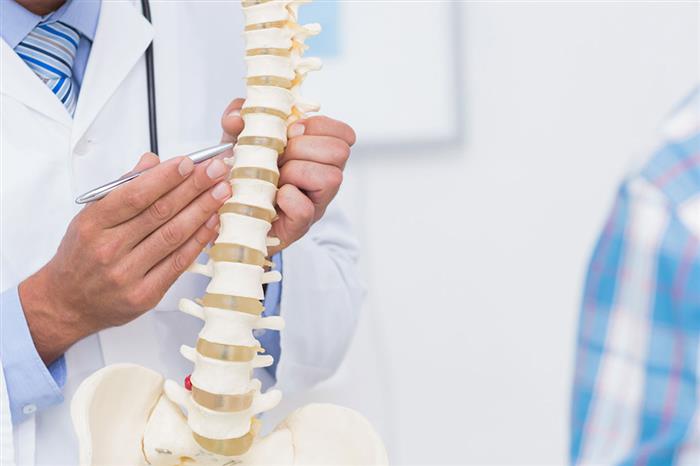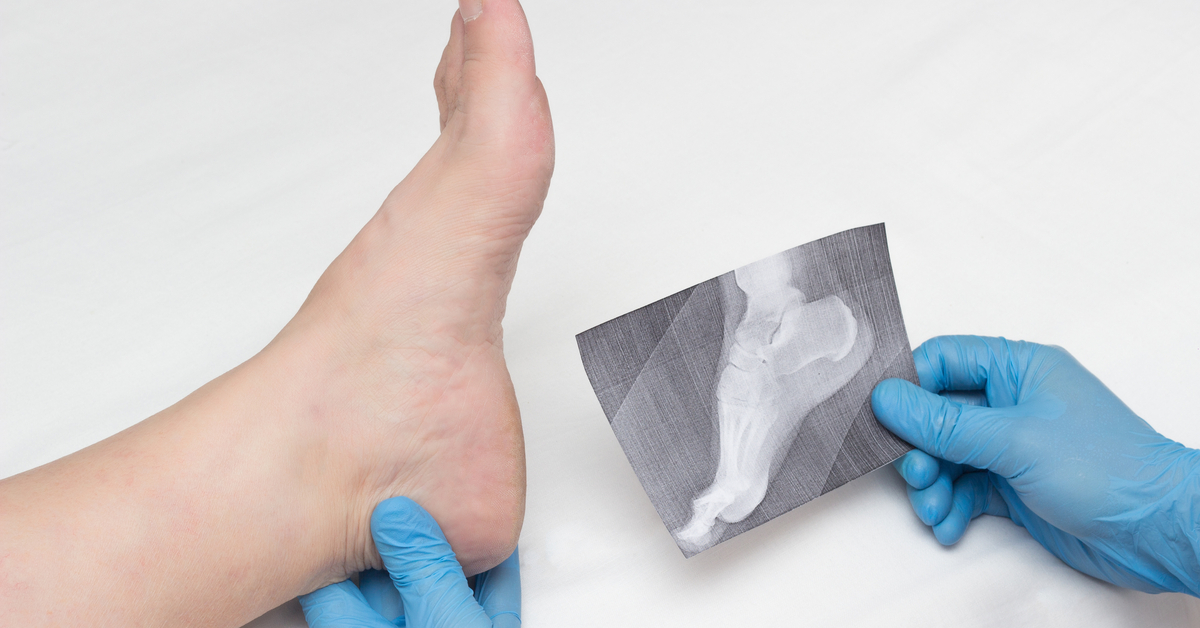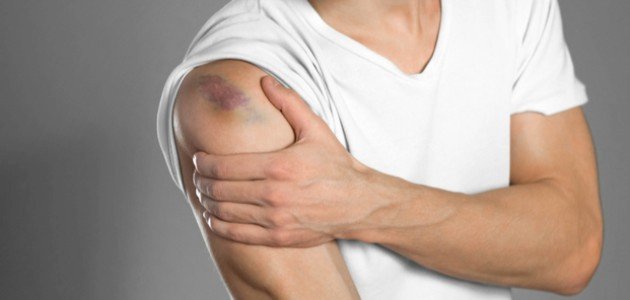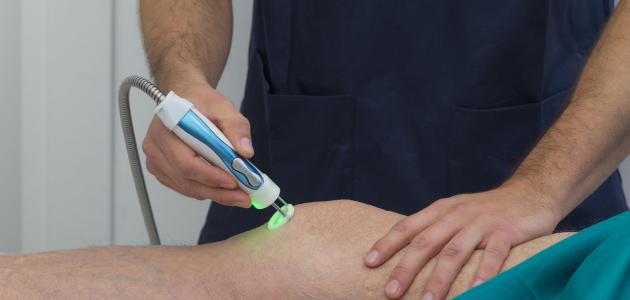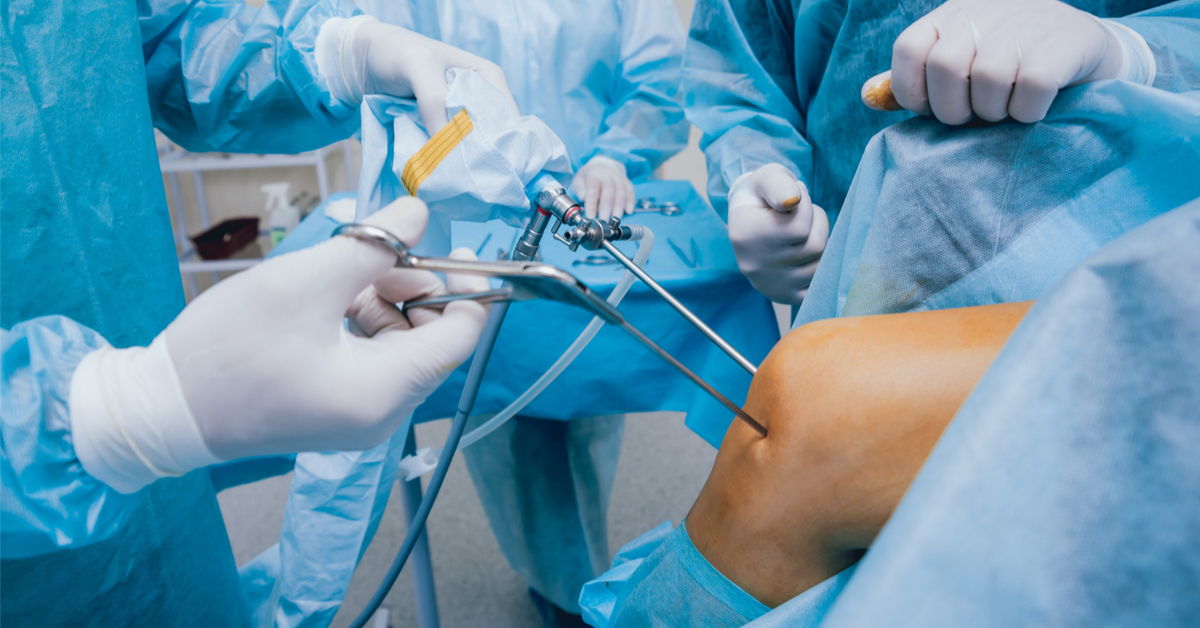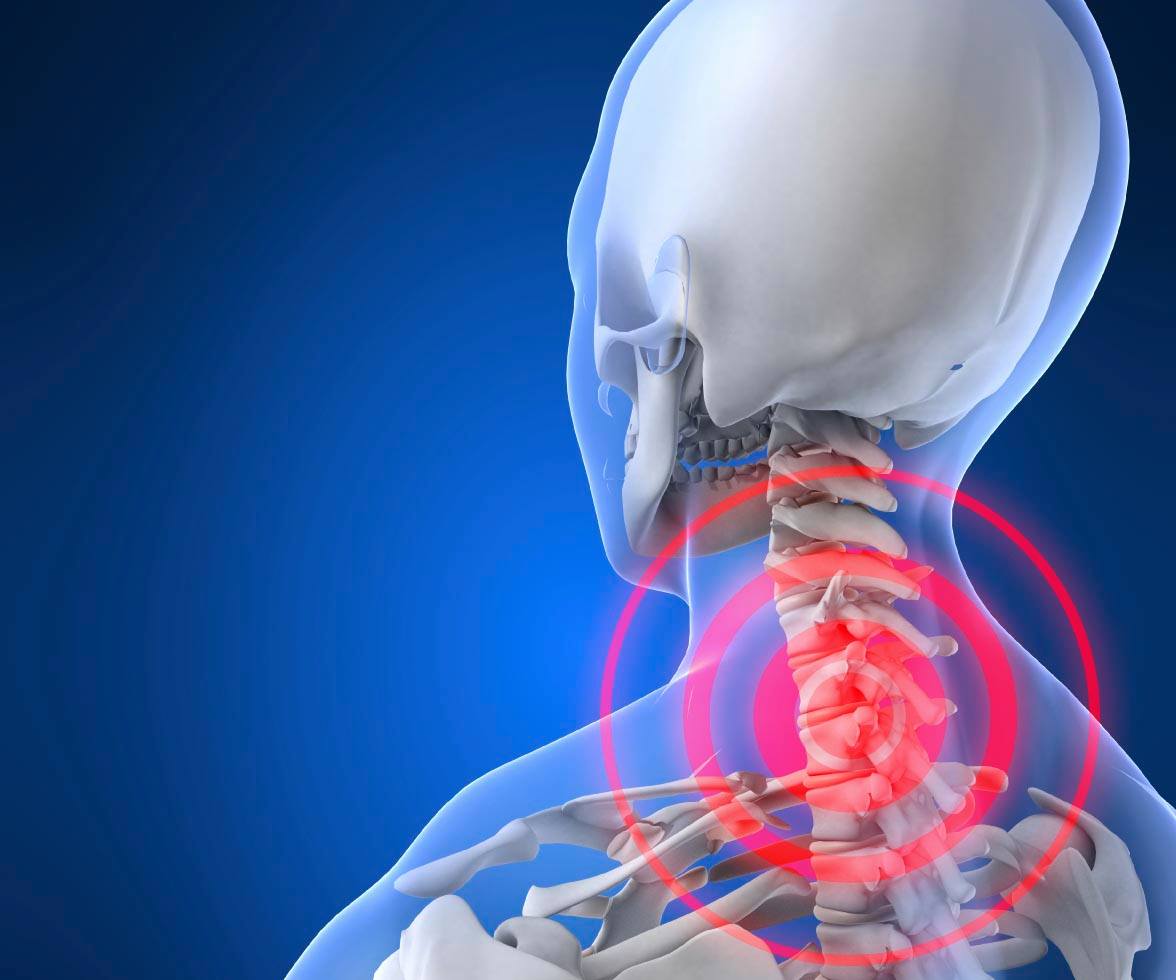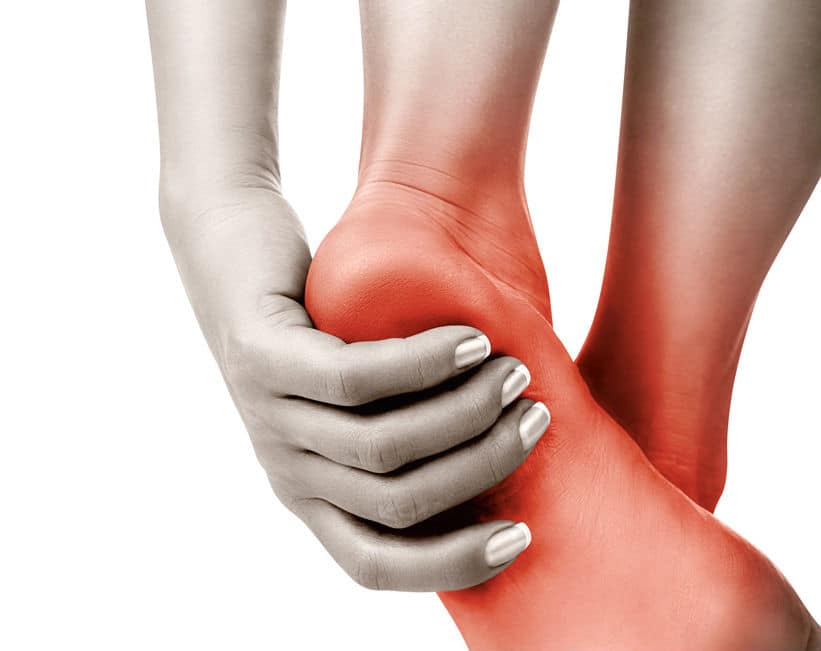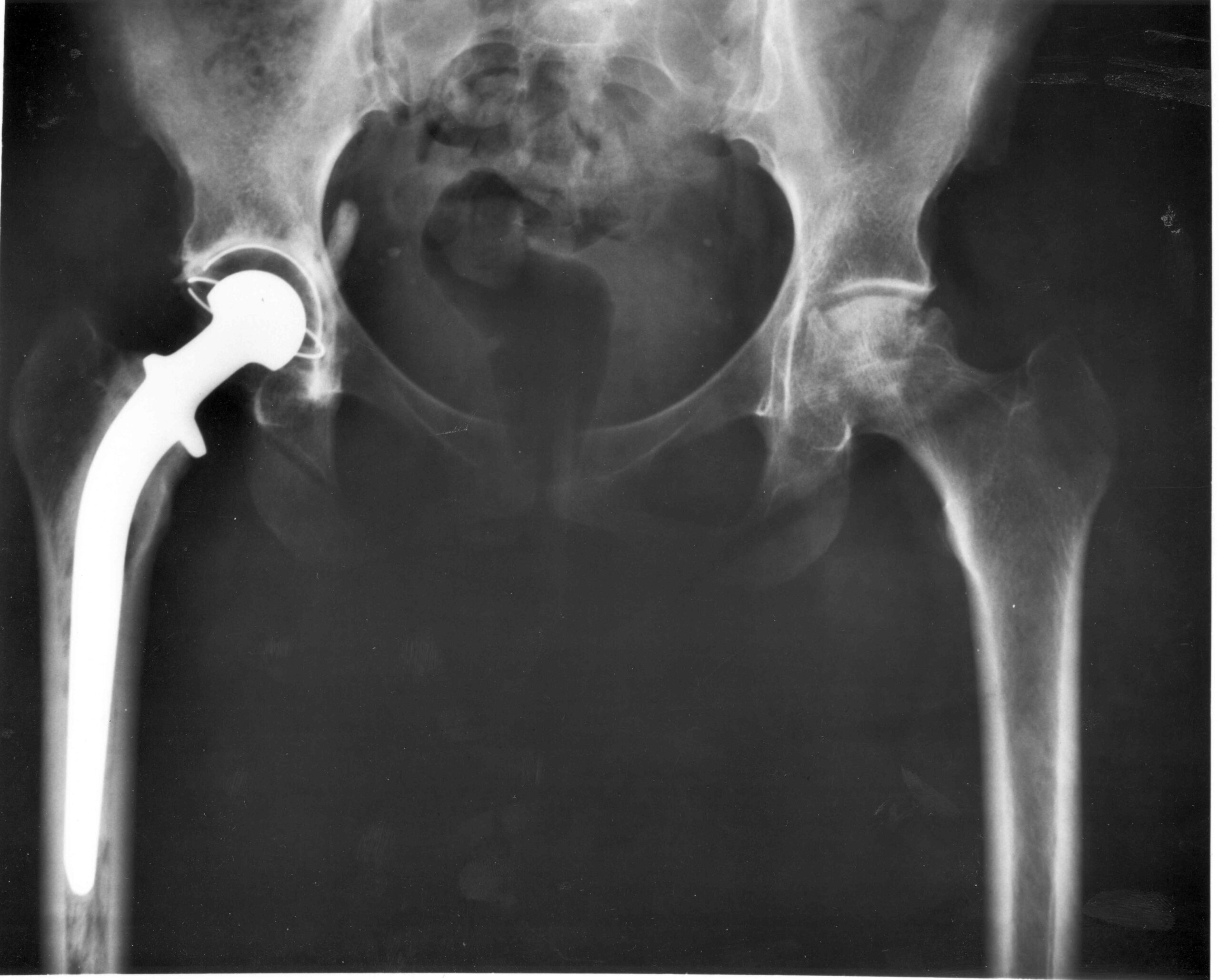Degrees of curvature of the legs in children, its causes and treatment
The curvature of the legs that affects children has many causes, and each has its own method of treatment. In the following article, we will learn very important information regarding this topic, so let us read the following.
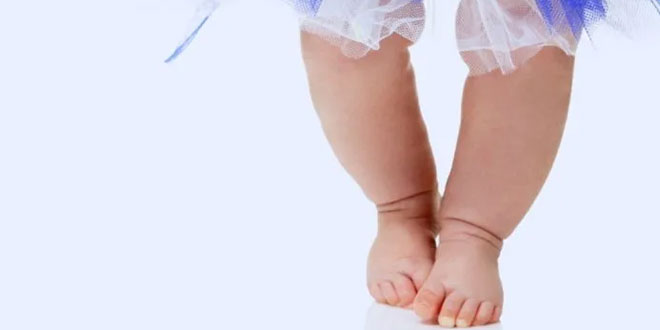
Degrees of curvature of the legs in children
The degrees and types of curvature of the legs in children differ according to the main reason that may have led to the occurrence of the curvature from the beginning, in addition to the age of the child and his health condition.
- Knee bow outward (genu varum – bow legs): This type of bow is the most common among individuals and is also known as the vagus knee. In this case, the knees are far apart while standing and the feet are joined together. The inner side of the knee joint, and the greater the degree of curvature, the more this causes tension and sagging of the ligaments on the outside of the knee, and this leads to an increase in the degree of curvature over time.
- Bowing of the knee inward (genu valgum – knock knees): This condition is also known as adhesion of the thighs or kneecaps, where the knees are very close to each other while standing while the feet are far apart, and in this case, most of the body weight is concentrated on the outside of the knee, and the bow is inward. It is more severe in the third year of the child’s life, but it disappears on its own by the age of eight, and this curvature is famous for affecting girls more than boys.
Treating bowed legs in children
Many people wonder about what is the treatment for bowed legs in children. This depends on identifying the main cause behind the curvature in order to be able to find an appropriate treatment for curvature of the legs for children, and this is done in the following ways:
- If the cause of the child’s curvature is Blount’s disease, treatment is to use a medical splint or leg brace.
- But if the child has rickets, the treatment is by increasing the amount of calcium and vitamin D that the child gets on a daily basis.
- In some cases, the curvature may need surgical intervention, especially if the child exceeds the third year of age without the moderation of the curvature.
Treating bowed legs in children with herbs
It is possible to adopt the method of herbal treatment in order to treat the curvature of the legs that affect children, and examples of herbs that have good therapeutic properties and are relied upon are:
- Thyme: It is effective in treating curvature of the legs if the main cause of its occurrence is osteomalacia. This is because thyme has many properties that are anti-osteomalacia and it is used by soaking it in boiled water and drinking a cup of it daily.
- Rosemary: It is also known as frankincense herb, and it is one of the herbs that contains many good properties in the treatment, and it has a great role in treating the curvature of the legs that affects children by soaking it in a liter of boiling water and eating it on a daily basis.
- Henna powder: The curvature of the legs can be treated by applying this powder, mixing it with other ingredients, and applying it directly to the curvature area. Henna powder is mixed with a few drops of milk, watercress juice, and olive oil, and they are mixed well.
When does the curvature of the legs disappear in children?
The curvature of the legs in children is supposed to disappear as soon as the child starts walking and bearing their weight on the leg, and as soon as he reaches the third year, the shape of the curvature has completely disappeared in normal cases, but if it continues after that, this may indicate a deformity in the bones as a result of some problems in growth.
Exercises to treat bowed legs in children
In order to treat cases of curvature of the legs that affect children, the specialist recommends some exercises that help in adjusting the shape of the bones and reducing the severity of the curvature over time. Examples of these exercises include:
- Walking exercise: this exercise is resorted to in the event that the legs are bent in a large way so that it has begun to affect the child’s ability to walk, and this exercise is done by making the child stand on his feet and lift his body lightly until he starts walking, and care must be taken not to overdo it In this exercise, where the condition may worsen further, it is preferable not to do more than five minutes a day.
- Back and legs massage: This is done with massage oil and a little of it is placed on the places that will be massaged, after which some circular movements are made on the back with a focus on the spine and this is also done with the legs, and this helps to stimulate blood circulation, which helps to Bones are well nourished with both calcium and vitamin D.
Causes of bowed legs in Children
The curvature of the legs that affects children has many causes, and some of them may have been with them since birth or be the result of suffering from a health problem, and in order to obtain the appropriate treatment, we must first know the most important of these causes, and examples of them are:
- Blount’s disease: This disease is considered one of the growth disorders that are rare and affects the bones and affects their growth naturally. This causes the patient to have difficulty walking and bowed legs.
- Rickets: The child gets rickets as a result of exposure to a severe deficiency in vitamin D and calcium, and this makes the bones of the child very soft and very weak, and this is what causes an arc in the leg and the inability to walk well.
- Dwarfism: dwarfism is a major cause of the deformation of the legs and suffering from their curvature, and this is the result of a genetic disorder that affects growth in a natural way.
- Physiological reason: The curvature of the legs may be associated with the child since birth as a result of the position he was in in the mother’s womb and because the place is narrow for him in the uterine cavity, which causes a change in the natural shape of the child’s leg. This type of curvature heals on its own without any interference with the growth and start of the child. In walking, the foot returns to its normal shape and position within a year or two.
Does the curvature of the legs disappear in children?
The curvature of the legs may be associated with many children from birth as a result of the position in which they are in the mother’s womb, and as the child begins to walk in the second year and until the third year, the curvature begins to moderate until it completely disappears, but if the curvature does not disappear until the child reaches the fourth year, then here It is worrisome and you should consult a doctor immediately.

